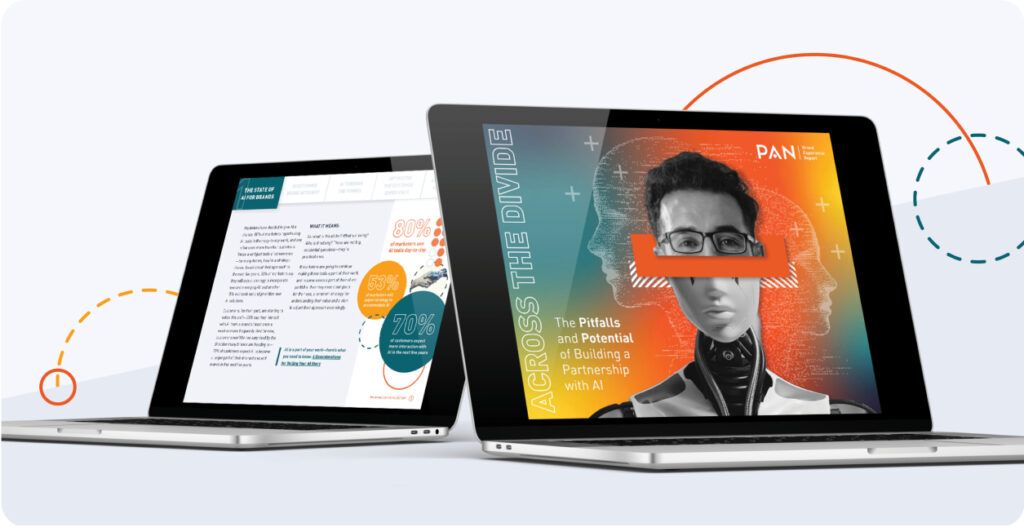As PR professionals, pitching the media is a huge part of what we do, so we all know how important it is to make those email pitches stand out. When writing email pitches, it’s important to keep in mind that editors get bombarded with thousands of emails, many of which are of little to no interest to them. So it’s your job to prove to them why your company and what you have to say is interesting, important and newsworthy. Personalized pitches show editors that you’ve considered their interests and taken the time to get their attention.
Personalize the subject line
The subject line, as simple as it seems, can make or break your pitch. Chances are, if the subject line doesn’t peak the editor’s interest, they’re not even going to open the email. When sending a personalized pitch, use the subject line to communicate that this email is not part of a mass merge. Include the editor’s name, or refer to something specific the editor produced, whether that be a recent article, blog post, or even a tweet that’s topical to your client. When an editor sees “Saw your recent blog post on iOS 9,” they know that you’ve read their work, understand their points and have a relevant comment or suggestion.
Reference their posts or coverage area
Now that you’ve gotten the editor to open your email, show them how your company relates to their interests or coverage area. If you refer to a recent article of theirs, you may want to suggest a follow up and offer to help expand their story. Or you may even want to open their eyes to an opposing view on the topic or a different perspective.
Another great way to personalize a pitch is to mention a takeaway from the article before jumping into the “pitch” part of the email. Think of this like a post-interview follow up email you’re using to stand out from the crowd. The editor already assumes you read their post, just like the interviewer knows you attended the interview. So stand out by bringing up something significant that you found particularly interesting or that resonated with you. You want to show the editor that their story stuck with you.
For example, when the worst earthquake to hit Nepal in 80 years struck, the PR team for Real Medicine Foundation saw this as an opportunity to target people that were covering the news and let them know that RMF’s relief efforts were in full force. The team personalized each pitch based on the editor’s coverage of the earthquake, and the editors responded. These pitches resulted in coverage in top publications like Time, WIRED and two articles in NPR.
Referencing coverage goes for social media posts as well. You can often refer to an editor’s tweets to get a better sense of their interests, both personal and professional, so use this to your advantage. If you find you have a similar interest (and the pitch allows), use that as an opportunity to make a personal connection. Sometimes we forget, but editors are people too!
Keep in touch
Personalized email pitches are a great way to start relationships with the media, so once you’ve got them you’ll want to maintain them. If the pitch results in coverage, be sure to thank the editor, and again reference a takeaway or a part of the article you thought was particularly compelling. But don’t stop there. If you see a relevant article the editor might find interesting, send it their way. And be sure to keep them in the loop on any extra news from your client that falls within their coverage area.
Personalized email pitches are a great way to start and cultivate relationships with the media, so use these guidelines to make your pitches stand out from the rest.


